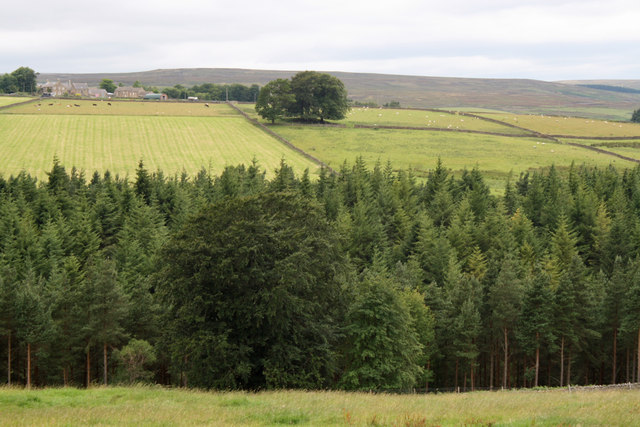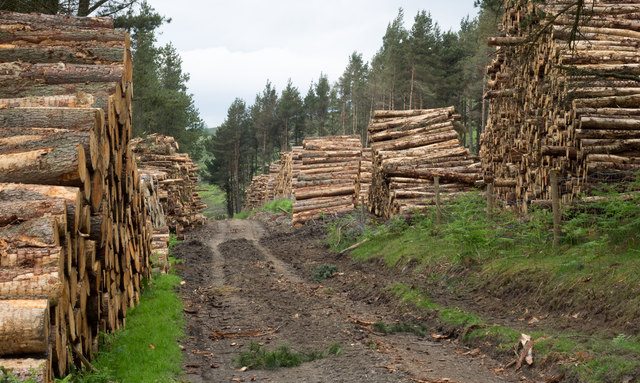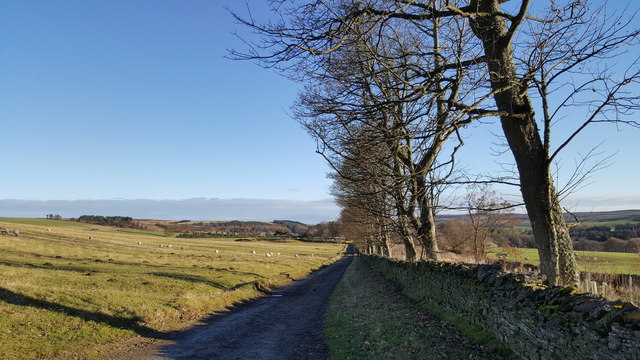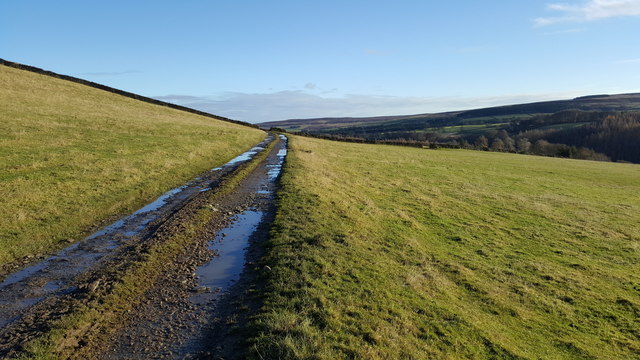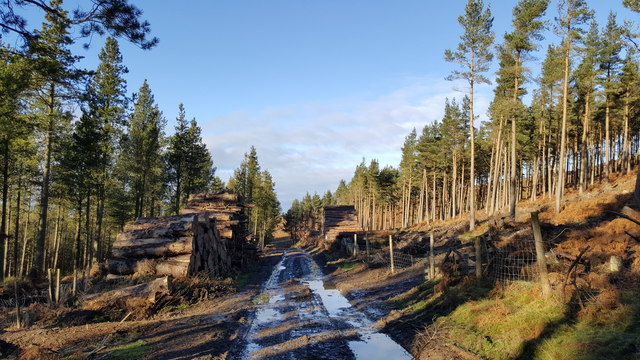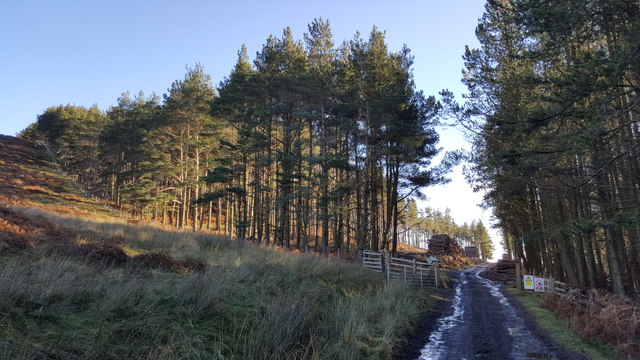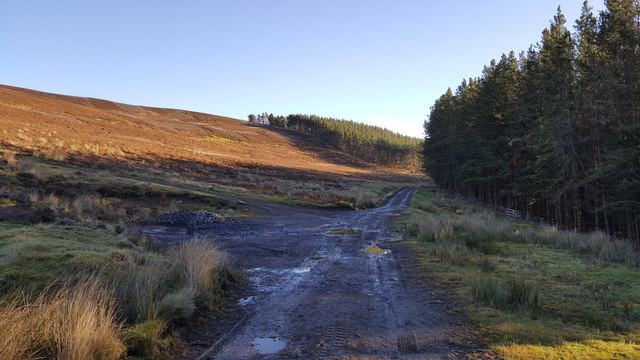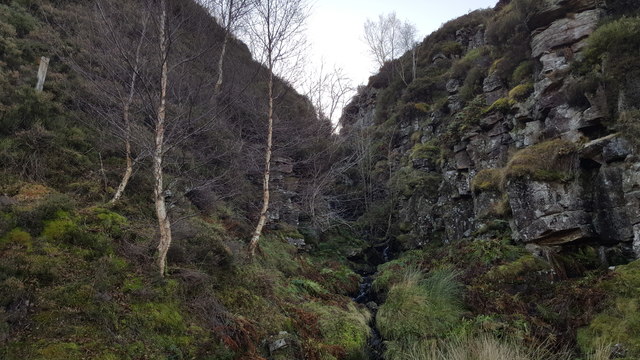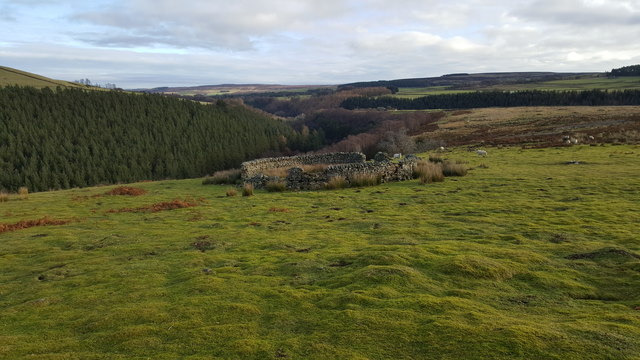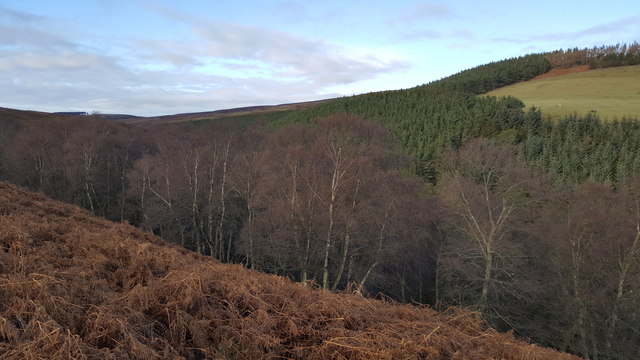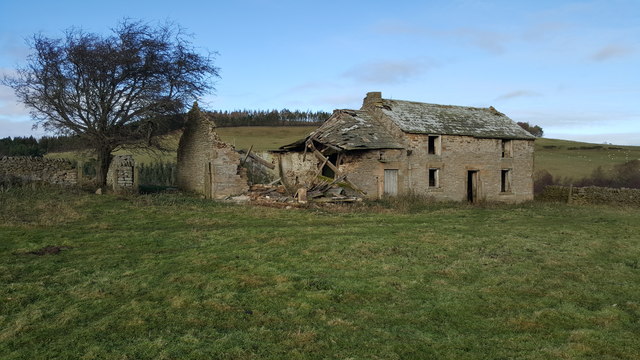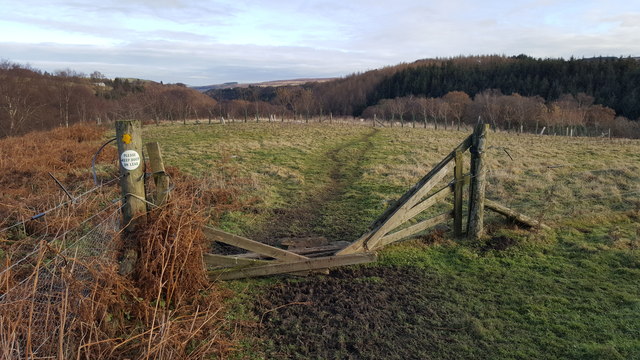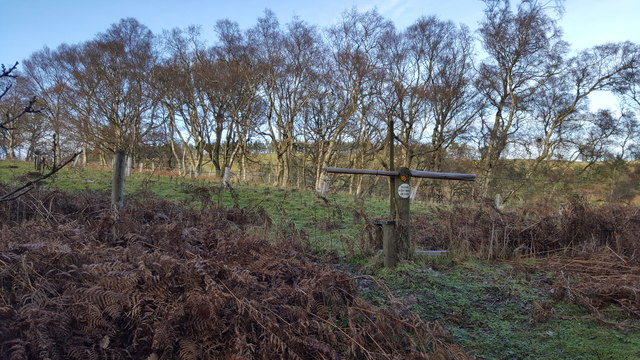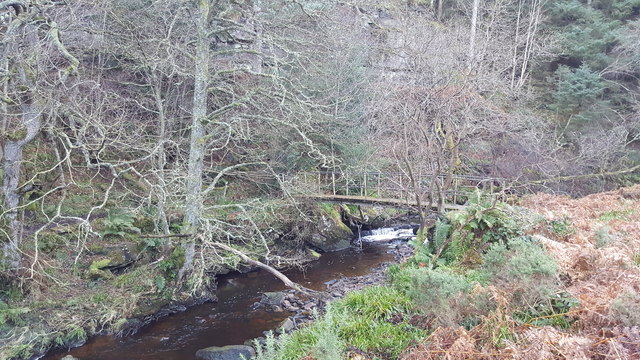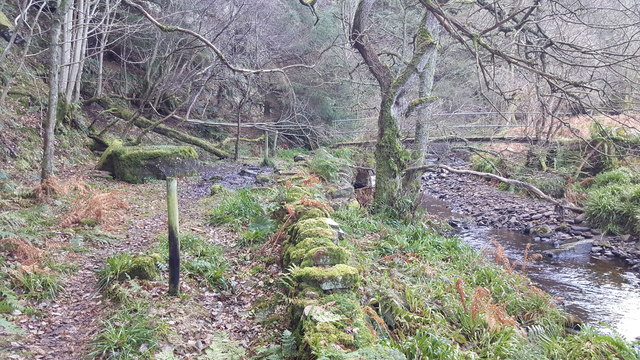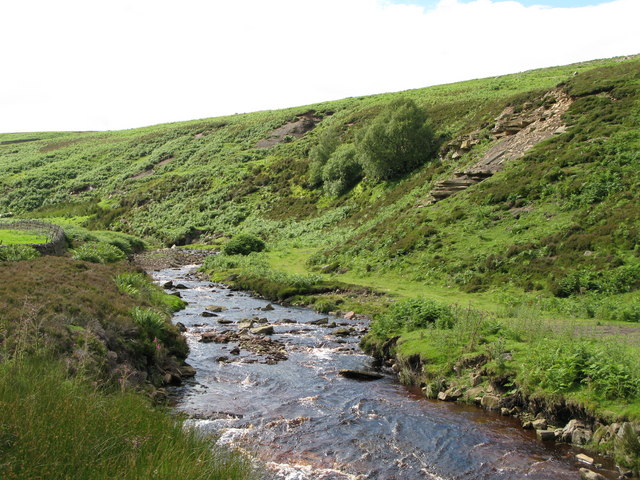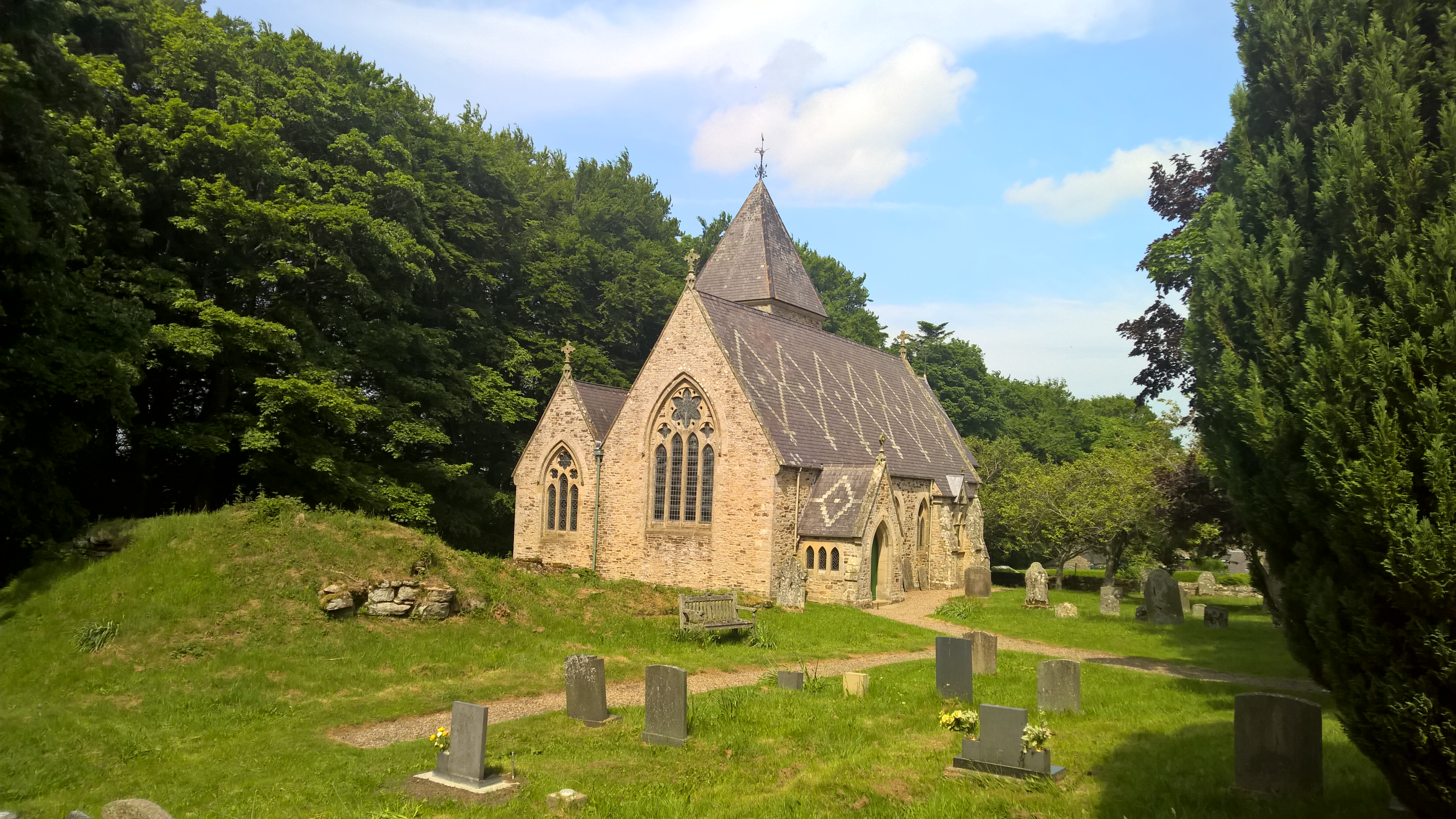Cocklake Plantations
Wood, Forest in Durham
England
Cocklake Plantations
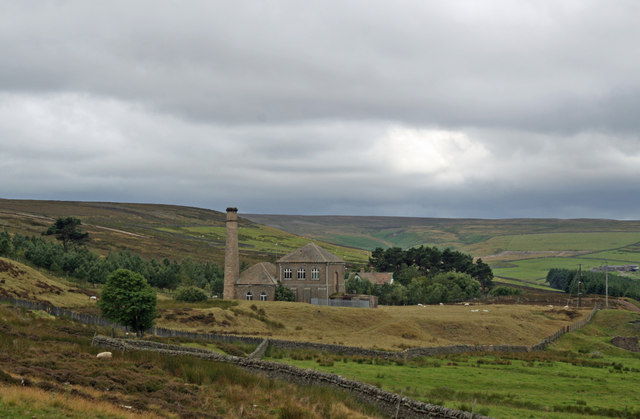
Cocklake Plantations, located in Durham, Wood, Forest, is a picturesque and expansive woodland area covering approximately 500 acres. Situated in the northeastern region of England, this plantation offers visitors a serene and natural environment to explore and enjoy.
The woodlands of Cocklake Plantations are known for their diverse range of tree species, including oak, beech, ash, and pine. This rich variety of flora creates a vibrant and evergreen landscape, providing a habitat for numerous bird species, small mammals, and insects.
The plantation is a popular destination for nature enthusiasts and hikers, offering a network of well-maintained trails that wind through the woods. These trails cater to all levels of fitness, allowing visitors to choose between leisurely strolls or more challenging hikes. Along the way, visitors can discover several picturesque viewpoints that offer breathtaking vistas of the surrounding countryside.
Furthermore, Cocklake Plantations is committed to sustainable forestry practices and conservation efforts. The plantation actively engages in responsible woodland management, ensuring the preservation and growth of its diverse ecosystem. This dedication to environmental stewardship has garnered recognition and awards from local conservation organizations.
For those seeking a tranquil escape from the hustle and bustle of city life, Cocklake Plantations in Durham provides a haven of natural beauty and tranquility. Whether it's a leisurely walk, birdwatching, or simply enjoying the peaceful surroundings, visitors are sure to find solace in the idyllic charm of this woodland paradise.
If you have any feedback on the listing, please let us know in the comments section below.
Cocklake Plantations Images
Images are sourced within 2km of 54.825022/-2.0940409 or Grid Reference NY9447. Thanks to Geograph Open Source API. All images are credited.

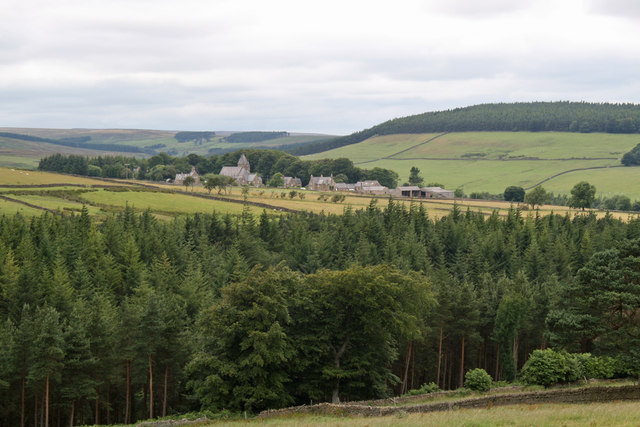
Cocklake Plantations is located at Grid Ref: NY9447 (Lat: 54.825022, Lng: -2.0940409)
Unitary Authority: County Durham
Police Authority: Durham
What 3 Words
///moats.blackmail.strut. Near Stanhope, Co. Durham
Nearby Locations
Related Wikis
Ramshaw, Consett
Ramshaw is a small village in County Durham, in England. It is situated to the south of Hunstanworth, a few miles west of Consett. Lead mining was an important...
Townfield
Townfield is a village in County Durham, in England. It is situated just to the south of Hunstanworth and part of that parish, about 10 miles (16 km) west...
Beldon Burn
Beldon Burn is a headwater stream of the River Derwent in Northumberland and County Durham, England.It rises at Quickcleugh Moss as the Quickcleugh Burn...
Hunstanworth
Hunstanworth is a village in County Durham, England. It is situated approximately 10 miles to the west of Consett, south-west of the village of Blanchland...
Baybridge, Northumberland
Baybridge is a small village in Northumberland, England, just to the west of Blanchland and on the border with County Durham. It is situated to the west...
Blanchland
Blanchland is a village in Northumberland, England, on the County Durham boundary. The population of the civil parish at the 2011 census was 135.Set beside...
Blanchland Abbey
Blanchland Abbey at Blanchland, in the English county of Northumberland, was founded as a premonstratensian priory in 1165 by Walter de Bolbec II, and...
Lintzgarth
Lintzgarth is a village in the civil parish of Stanhope, in County Durham, England. It is situated to the west of Rookhope. The Lintzgarth smeltmill was...
Nearby Amenities
Located within 500m of 54.825022,-2.0940409Have you been to Cocklake Plantations?
Leave your review of Cocklake Plantations below (or comments, questions and feedback).
